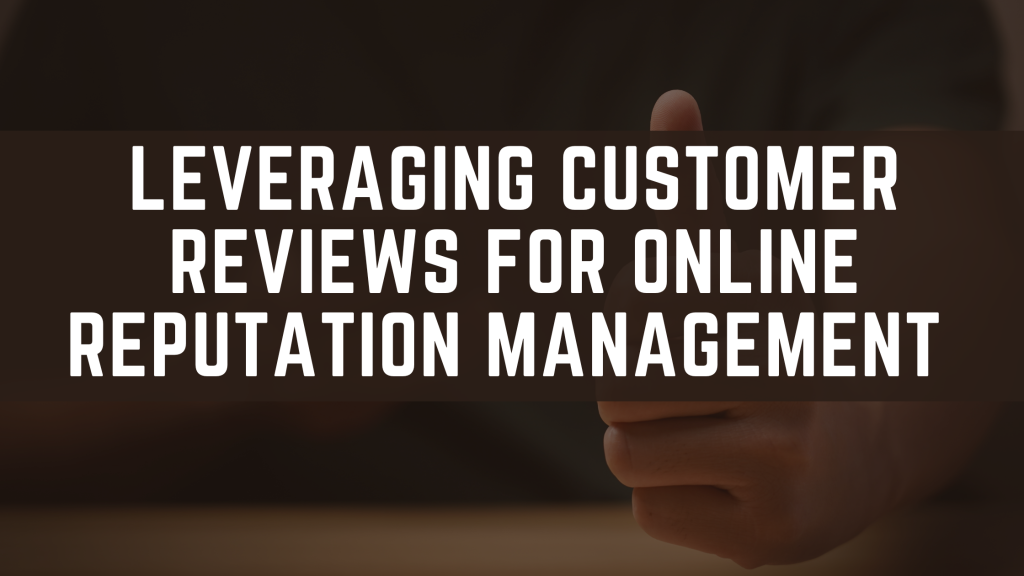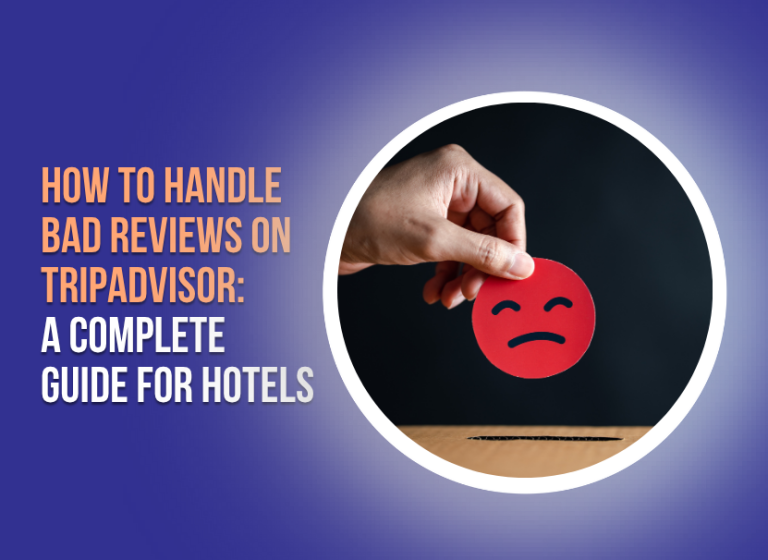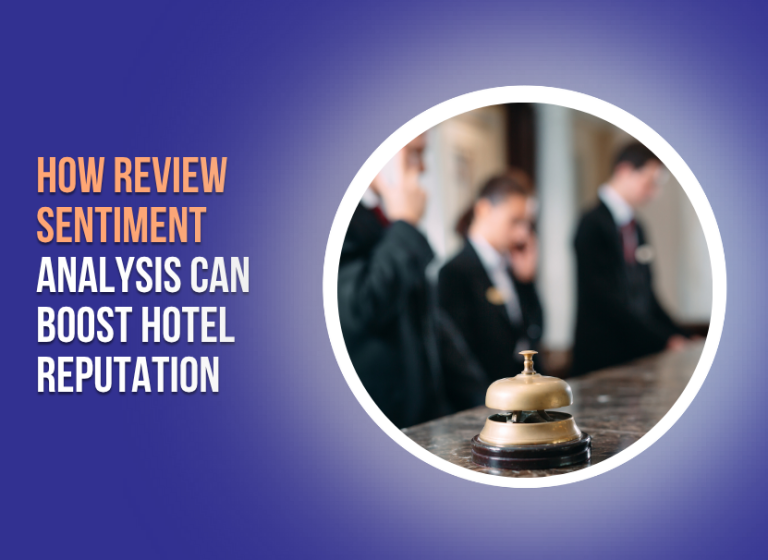The Power of Customer Reviews in Reputation Management
Your online reputation is one of the most valuable assets your business owns. Today, customer reviews play a major role in shaping how people perceive your brand. A well-managed review profile builds trust, improves search rankings, and drives sales. Ignoring reviews—or worse, trying to manipulate them—can do more harm than good.
Many businesses believe that negative reviews must be removed to protect their reputation. However, deleting or hiding bad feedback is a short-sighted approach. A smarter strategy is to leverage all reviews—positive and negative—to build authenticity and credibility.
Why Removing Reviews is a Bad Idea
There are companies that claim to remove bad reviews, but this practice is risky and often ineffective. Here’s why:
-
It Damages Credibility
A perfect 5-star rating looks fake. Customers are savvy enough to know that every business has flaws. When they see only glowing reviews, they may assume something is being hidden. A mix of good and bad reviews makes your profile look more genuine.
-
It Can Violate Platform Guidelines
Google, Yelp, and TripAdvisor have strict policies against review manipulation. Attempting to remove or suppress valid customer feedback could lead to penalties, including profile suspension or ranking drops. Instead of deleting reviews, focus on managing them properly.
-
Negative Reviews Provide Valuable Insights
Unhappy customers highlight areas that need improvement. Their feedback can reveal operational issues, customer service gaps, or product flaws that might otherwise go unnoticed. Addressing these concerns openly shows accountability and a commitment to improvement.
-
It Eliminates the Chance to Turn a Bad Experience Around
Responding to a negative review professionally can do more for your reputation than a dozen positive reviews. A thoughtful response shows potential customers that your business cares and is willing to resolve issues.
Instead of hiding from criticism, embrace it as an opportunity to showcase your commitment to customer satisfaction.
How to Use Customer Reviews to Strengthen Your Reputation
-
Develop a Clear Review Response Strategy
Not every review requires the same type of response. A structured approach ensures consistency while keeping responses personal. Here’s a practical guide:
- Five-star reviews with comments: Thank the customer and highlight something specific from their review.
- Five-star reviews with no comments: No response necessary, but a short “Thank you for your support!” is a nice touch.
- Four-star reviews: Thank the reviewer and ask how their experience could be improved.
- Three-star or lower with comments: Acknowledge their concerns, apologize if necessary, and offer a resolution.
- Three-star or lower with no comments: Encourage them to reach out privately so you can understand their experience better.
This strategy keeps engagement high while preventing unnecessary back-and-forth with vague complaints.
-
Respond to Negative Reviews the Right Way
A poor response to criticism can escalate an issue rather than solve it. The goal isn’t to argue—it’s to show professionalism and turn the situation around. Follow these steps:
- Acknowledge the issue. Let the customer know you take their feedback seriously.
- Apologize if necessary. A sincere apology can defuse frustration.
- Offer a solution. Whether it’s a refund, a discount, or simply a promise to improve, customers appreciate businesses that take action.
- Take the conversation offline. Provide an email or phone number to continue the discussion privately.
🚫 Avoid: Blaming the customer, getting defensive, or using copy-paste replies.
✅ Example:
We’re sorry you had a disappointing experience, [Name]. We take your concerns seriously and would love to make things right. Please reach out to us at [contact info] so we can discuss how to improve your experience.
-
Use Positive Reviews as Marketing Assets
Customer praise is one of the most powerful marketing tools available. Instead of just letting positive reviews sit on your profile, use them to attract more business:
- Showcase them on your website. Feature customer testimonials on your homepage or product pages.
- Use them in social media campaigns. Share screenshots of glowing reviews in posts or Instagram Stories.
- Include them in ads. Positive customer feedback adds credibility to your advertising efforts.
Encouraging more satisfied customers to leave reviews strengthens your brand’s online presence naturally.
-
Turn One-Time Reviewers into Loyal Customers
A review isn’t just feedback—it’s an opportunity to build a lasting relationship with a customer. Engage with reviewers in a way that makes them want to return.
- Personalize responses to frequent reviewers. If someone leaves multiple reviews, recognize their support.
- Follow up on resolved complaints. If you fixed an issue, ask the customer if they’re satisfied with the resolution.
- Surprise loyal customers. Offer a small discount or perk to those who consistently leave positive feedback.
Happy customers are more likely to recommend your business to others, leading to organic growth.
The SEO Benefits of Review Engagement
Many business owners don’t realize that responding to reviews can directly impact search rankings. Google favors businesses that engage with customers, and active review management can improve your placement in search results.
- More responses = more content. Google values fresh, user-generated content. Every response you post adds activity to your business profile.
- High engagement = higher visibility. Businesses that interact with reviews tend to rank better in local search results.
- Keyword inclusion matters. Using relevant terms in your responses (like “best pizza in New York” or “affordable home repair services”) can improve searchability.
Regularly engaging with reviews isn’t just good for customer relations—it’s a simple and effective SEO strategy.
Common Review Management Mistakes to Avoid
- Responding emotionally to negative feedback. Take time to craft a professional response instead of reacting defensively.
- Ignoring reviews altogether. Not responding at all can make your business appear unresponsive or uninterested in customer feedback.
- Copy-pasting responses. Customers notice repetitive replies, and it makes your business seem robotic.
- Focusing only on bad reviews. Engaging with positive feedback is just as important.
Build a Reputation That Lasts
Managing your online reputation isn’t about erasing bad feedback—it’s about responding to it wisely and using all reviews to showcase your commitment to customer service. Businesses that actively engage with their audience, acknowledge their strengths and weaknesses, and focus on continuous improvement stand out from the competition.
Instead of trying to create a perfect online image, focus on building a real, trustworthy one. Customers value businesses that own their mistakes, learn from them, and strive to do better.
💡 Want expert help managing your online reputation? Visit The Reputation Lab for tools and strategies to enhance your customer engagement.




